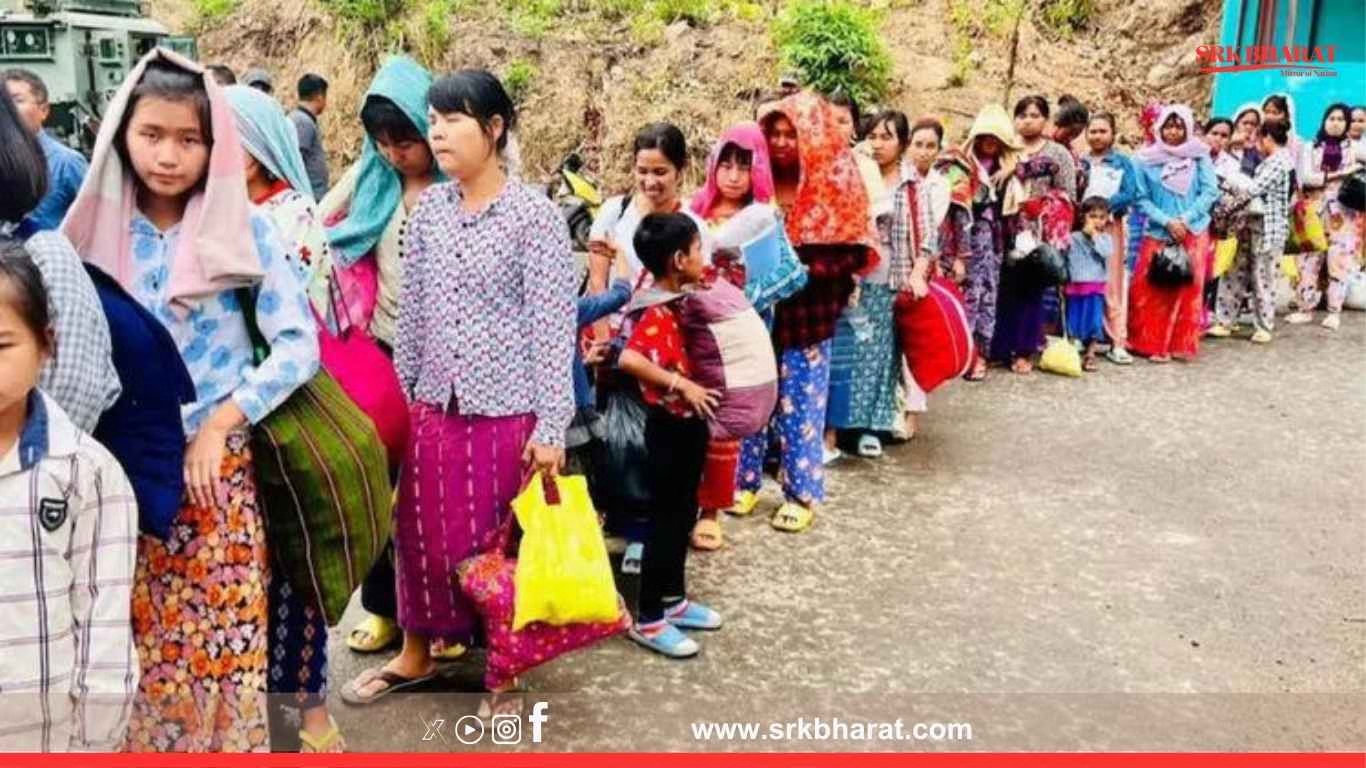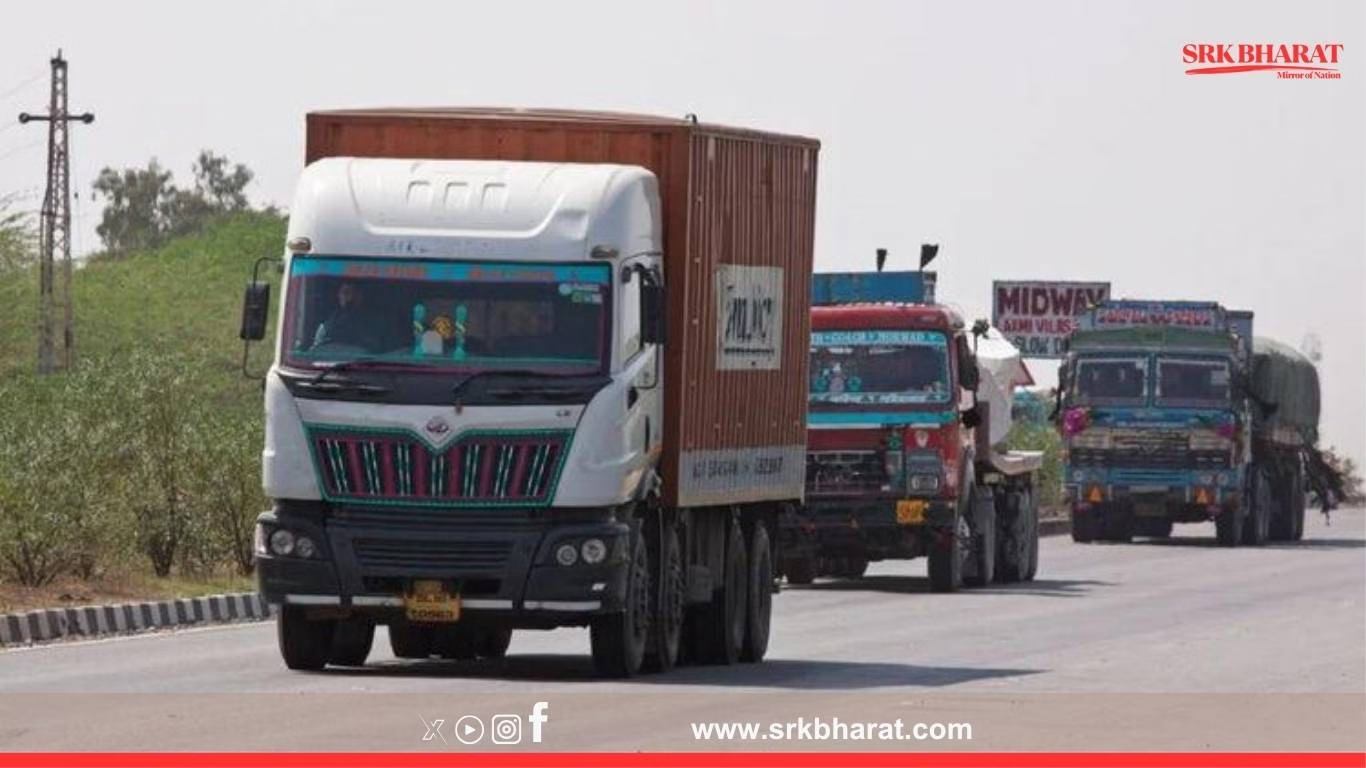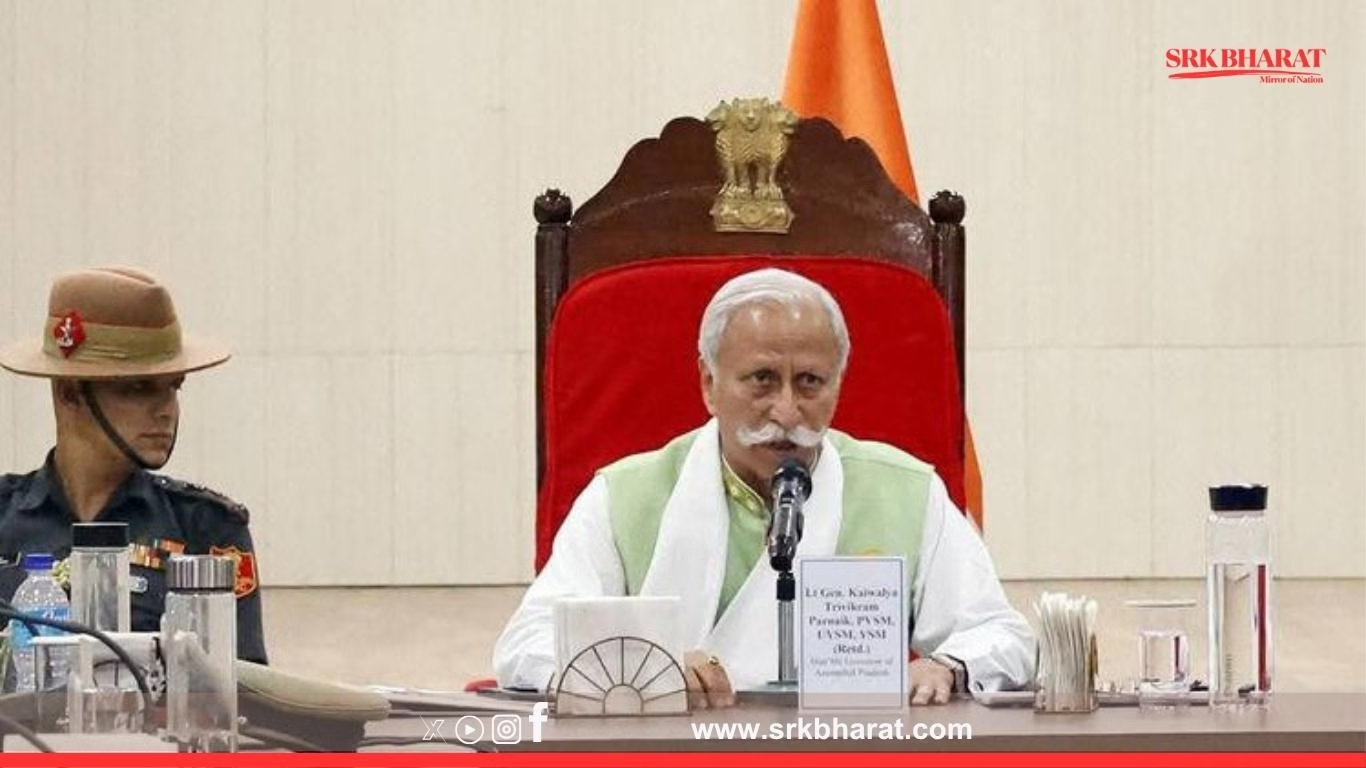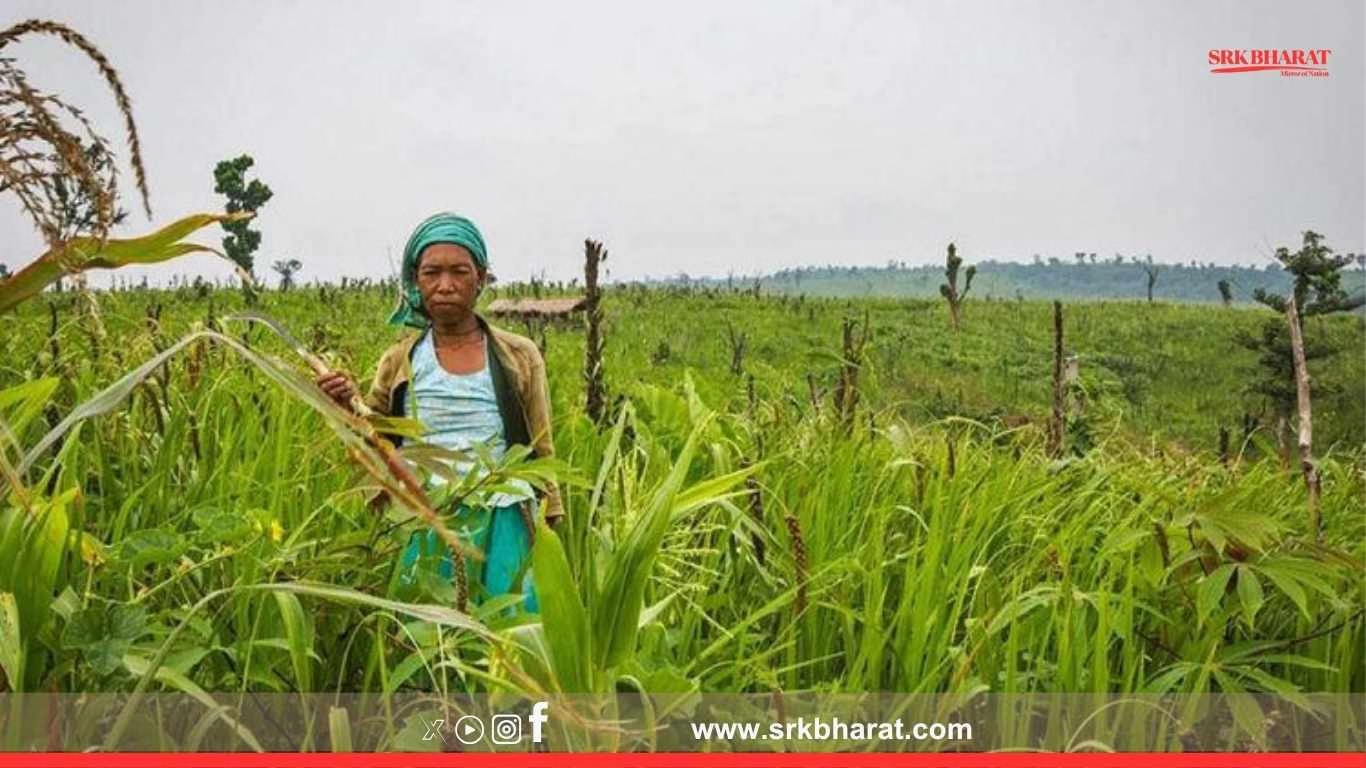Mizoram has stepped up security measures along its 510-km porous international border with Myanmar after fresh clashes between Myanmar’s military junta and pro-democracy resistance forces triggered a new influx of refugees into India’s northeastern state. Officials confirmed that over 3,000 people have crossed into border districts since last week, taking shelter in local villages and makeshift relief camps.
Why Are Myanmar Nationals Fleeing?
The recent escalation stems from intensified fighting in Myanmar’s Chin State, which borders Mizoram. Key factors include:
- Military offensives launched by the junta to regain control of resistance-held areas near the Indian border.
- Heavy shelling, airstrikes, and forced village evacuations reported in Falam, Hakha, and surrounding regions.
- Fear among civilians of arbitrary detention, conscription, and retaliatory violence by Myanmar’s armed forces.
Current Refugee Situation In Mizoram
| District | New Arrivals This Week | Total Myanmar Refugees (approx.) |
|---|---|---|
| Champhai | 1,200 | 15,000 |
| Hnahthial | 500 | 3,500 |
| Siaha | 800 | 4,200 |
| Lawngtlai | 500 | 2,800 |
| Total | 3,000+ | 25,500+ |
(Compiled from district administration updates and Mizoram Disaster Management Authority data)
Officials noted that Champhai district remains the worst affected, with border villages hosting refugee populations double their original size, straining local resources.
Mizoram Government’s Immediate Measures
The Zoram People’s Movement-led Mizoram government has:
- Enhanced security deployment along vulnerable border stretches to monitor crossings and maintain law and order.
- Activated disaster management protocols to provide temporary shelters, food supplies, and medical assistance to refugees.
- Strengthened coordination with Assam Rifles for border patrolling to prevent illegal arms and drug trafficking amid the refugee inflow.
Local Response: Mizo Civil Society And Village Councils Step In
Mizoram shares deep ethnic ties with the Chin people of Myanmar, both belonging to the broader Zo community. This has ensured strong grassroots support despite resource constraints.
- Village councils and Young Mizo Association units are organising relief kitchens.
- Local churches and NGOs have mobilised funds for food, tarpaulin sheets, and blankets.
- Volunteer health workers are providing basic medical care to children and elderly refugees.
India’s Policy On Myanmar Refugees
India is not a signatory to the UN Refugee Convention of 1951. However, under humanitarian considerations, the Ministry of Home Affairs has permitted northeastern states to provide temporary shelter and relief. Official refugee status is not granted, and refugees are not allowed to work legally, leading to economic and social vulnerabilities.
Security Concerns For Mizoram
Senior police officials highlighted multiple risks:
- Potential infiltration of armed groups using refugee flows as cover to smuggle weapons or seek hideouts.
- Drug trafficking networks operating across Myanmar’s Sagaing and Chin State into Mizoram, particularly methamphetamine and heroin.
- Health risks with large, unregulated settlements lacking sanitation, risking outbreaks of waterborne diseases.
Myanmar Conflict: Latest Developments
The Myanmar military junta, under General Min Aung Hlaing, is struggling to contain resistance offensives:
- The Chin National Army (CNA) and allied pro-democracy groups launched fresh attacks on junta posts in northern Chin State.
- Junta airstrikes on Falam and Thantlang townships killed at least 12 civilians last week, according to local humanitarian networks.
- Fighting has displaced over 20,000 within Chin State since May, many seeking shelter in forests or near the Indian border.
India’s Strategic Dilemma
| Concern | Implication |
|---|---|
| Humanitarian | Upholding traditional ties with the Chin community while managing domestic resource constraints. |
| Security | Preventing militant infiltration that could destabilise northeast India’s fragile border districts. |
| Diplomatic | Balancing relations with Myanmar’s junta amid international criticism of human rights abuses. |
India maintains diplomatic engagement with Myanmar’s military rulers for strategic and connectivity reasons, including the Kaladan Multi-Modal Transit Transport Project linking Mizoram to Myanmar’s Sittwe port.
Statements From Key Stakeholders
- Lalrinpuii, Champhai resident: “We cannot abandon our brothers and sisters. But our schools and ration shops are under huge strain.”
- Mizoram Home Minister Lalchamliana: “We are monitoring the situation closely. Security has been strengthened to ensure no anti-national activities are carried out under the guise of refugee inflows.”
- Myanmar’s Chin Human Rights Organization: “We appeal to India and the international community to provide urgent humanitarian assistance. The junta’s brutality continues unchecked.”
Historical Context: Myanmar Refugee Waves Into Mizoram
| Year | Event | Estimated Refugees |
|---|---|---|
| 1988 | Pro-democracy uprising crackdown | ~5,000 |
| 2017 | Chin State military operations | ~1,800 |
| 2021 | Military coup against Aung San Suu Kyi’s government | ~25,000 initial wave |
| 2023-24 | Ongoing anti-junta offensives | Cumulative ~35,000 |
Mizoram has repeatedly called on the central government and UN agencies for formal refugee support systems and funding.
International Reactions
The UNHCR has urged neighbouring countries to keep borders open and provide humanitarian access. Human Rights Watch criticised ASEAN for “failing to stop the Myanmar junta’s war crimes.”
Future Outlook
| Scenario | Possibility | Impact |
|---|---|---|
| Continued fighting in Chin State | High | Further refugee inflows, overwhelming Mizoram’s relief capacity. |
| Junta regains control | Medium | Risk of refugee repatriation under threat, violating international humanitarian principles. |
| International intervention or ceasefire | Low | Temporary reduction in displacement but no resolution to root causes. |
Conclusion
As Myanmar’s civil conflict intensifies, Mizoram finds itself at the frontline of an unfolding regional humanitarian crisis. While its society continues to uphold solidarity with fleeing Chin communities, resource limitations, security concerns, and the lack of a structured refugee policy remain critical challenges for the state and India at large.
Disclaimer
This news article is prepared for general geopolitical and humanitarian news dissemination based on official statements, verified refugee data, and expert analyses. Readers are advised to consult government releases, UN agencies, and certified conflict researchers for precise insights before deriving conclusions or framing policy, humanitarian aid, or security decisions regarding cross-border refugee crises.











